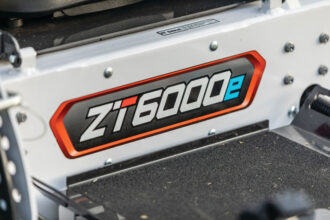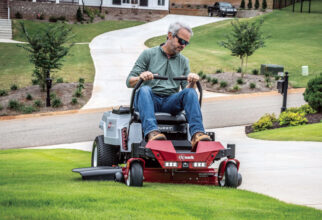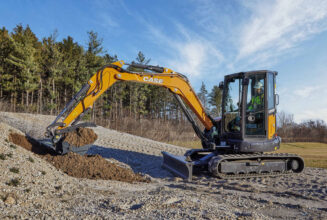OPEI offers 10 snowblower safety tips
Snowblowers help make snow removal much easier than old-fashioned shoveling, but consumers should review all safety instructions and check to make sure all safety features are intact, recommends the Outdoor Power Equipment Institute (OPEI).
According to the U.S. Consumer Product Safety Commission (CPSC), the most common injuries involve hands and fingers, and injuries most frequently occur when consumers try to clear the auger/collector or discharge chute with their hands.
“Some safety rules apply to the operation of any power equipment, including reading the operator’s manual, clearing the area, wearing appropriate clothing and keeping children out of the way,” said Kris Kiser, vice president, public affairs, OPEI. “But with snowblowers, consumers need to familiarize themselves with all moving parts, and especially how to clear the chute.”
According to the OPEI, consumers should consider the following safety tips when operating snowblowers:
Clear the area. This includes removing doormats, sleds, boards, wires and other debris that may be hidden by the snow. Be sure the area is clear of people, pets and children.
Stop the machinery. Before adjusting, cleaning, repairing, and inspecting the snowblower, and before unclogging the discharge chute, stop the engine, remove the key from the switch, and wait for all moving parts to stop. Rotating rotor blades can injure fingers or hands.
Be careful with your hands. Never put your hands inside the snowblower chute for any reason. If the chute becomes clogged with snow (or another object), turn it off, wait for all moving parts to come to a complete stop, and then clear the chute with a stick. Some snowblowers come with a stick to eliminate any blockages.
Walk, don’t run. Never run when using a snowblower. Only walk. Always be sure of your footing and keep a firm grip on the handles.
Dress for the job. Wear boots for maximum traction on slippery surfaces, as well as wear warm clothing and a face mask in extreme cold. Protective goggles also should be worn. Don’t wear scarves or other loose clothing that could be drawn into the auger or the impeller while operating or servicing the machine.
Avoid distractions. Do not operate a snowblower when smoking or under the influence of alcohol, medication or other mind-altering substances. And, avoid distractions such as ear phones.
Have appropriate light. Don’t operate machinery without good visibility and light.
Store well. When storing the snowblower for more than 30 days, drain the fuel from the fuel tank to prevent a potential hazard. Remove the key from the ignition switch before storing.
Use it only outdoors. Do not run the engine indoors, except when starting it and for moving the snowblower in or out of a building.
Adults only, please. Only adults and mature teenagers should operate a snowblower, and even mature teenagers should have adult supervision.
For a wide range of consumer safety tips for outdoor power equipment, visit http://www.opei.org/consumer/index.asp. For background on different types of snowblowers and features, visit http://blogs.consumerreports.org/home/2007/11/snow-blowers.html.




